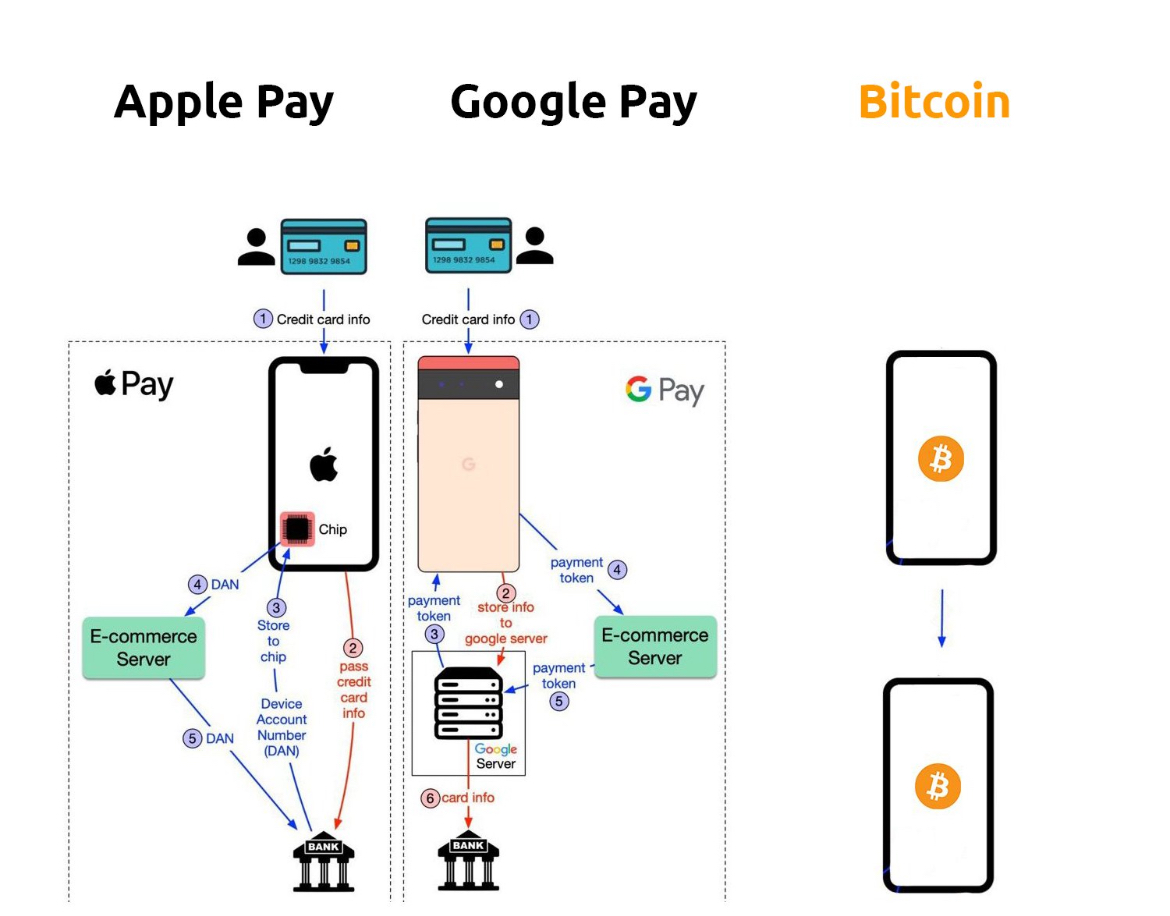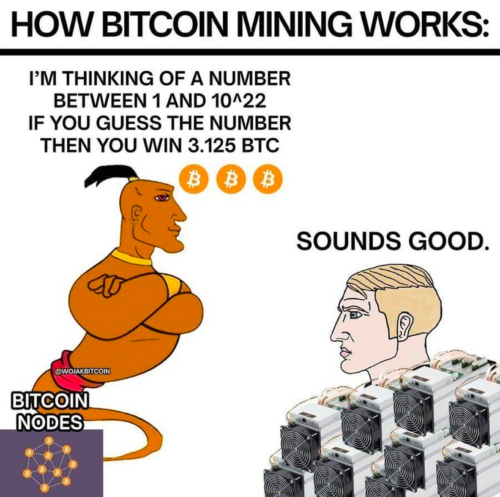Bitcoin: A Peer-to-Peer Electronic Cash System
- Electronic Cash System - How Bitcoin enables peer-to-peer transactions without intermediaries
- Transactions - The building blocks of Bitcoin using digital signatures
- Timestamp Server & Proof-of-Work - How consensus is achieved and secured
- Network Architecture - How the network operates and verifies transactions
- Incentives & Mining - The economic model that keeps the network running
1
Electronic Cash System
Current financial markets rely on financial middlemen - when transacting online with strangers, you must rely on third parties like banks.A peer-to-peer version of electronic cash would allow online payments to be sent directly from one party to another without going through a financial institution.Bitcoin focuses on building trustless systems built on top of computer science versus traditional trust-based systems.

2
Transactions
Transactions are the fundamental building blocks of the Bitcoin network, utilizing digital signatures for security.Each transaction relies on two key components:
- Public keys: Function like an email address for receiving bitcoin and viewing balances
- Private keys: Act as a password to control funds and sign transactions
- Only the rightful owner can spend their bitcoin
- Transactions cannot be forged or tampered with
- All transactions are publicly verifiable
3
Timestamp Server & Proof-of-Work
The Bitcoin network uses Proof of Work and timestamp servers to validate transactions and achieve consensus:Timestamp Server:
- Creates an immutable chronological order of transactions
- Each block contains a timestamp and link to previous block
- Forms an unbroken chain of transaction history
- Requires significant computational effort to create blocks
- One CPU equals one vote in the network
- The longest chain represents the network consensus
- Makes the system computationally expensive to attack
4
Network Architecture
The Bitcoin network operates on a distributed peer-to-peer model:Key Components:
- Nodes maintain and verify the complete transaction history
- New transactions are broadcast to all nodes
- Each node collects transactions into blocks
- Nodes accept only valid blocks and transactions
- Nodes express acceptance by working on the next block
- All nodes operate under the same protocol
- Invalid transactions are rejected automatically
- The longest valid chain is always accepted as truth
5
Incentives & Mining
The network is secured through economic incentives:Mining Process:
- Miners validate transactions and create new blocks
- Complex mathematical problems must be solved
- Successful miners receive newly created bitcoins
- Block rewards incentivize honest participation
- Mining requires significant investment in hardware
- Energy costs create natural economic barriers
- Miners are incentivized to protect network value
- Attack costs exceed potential profit


